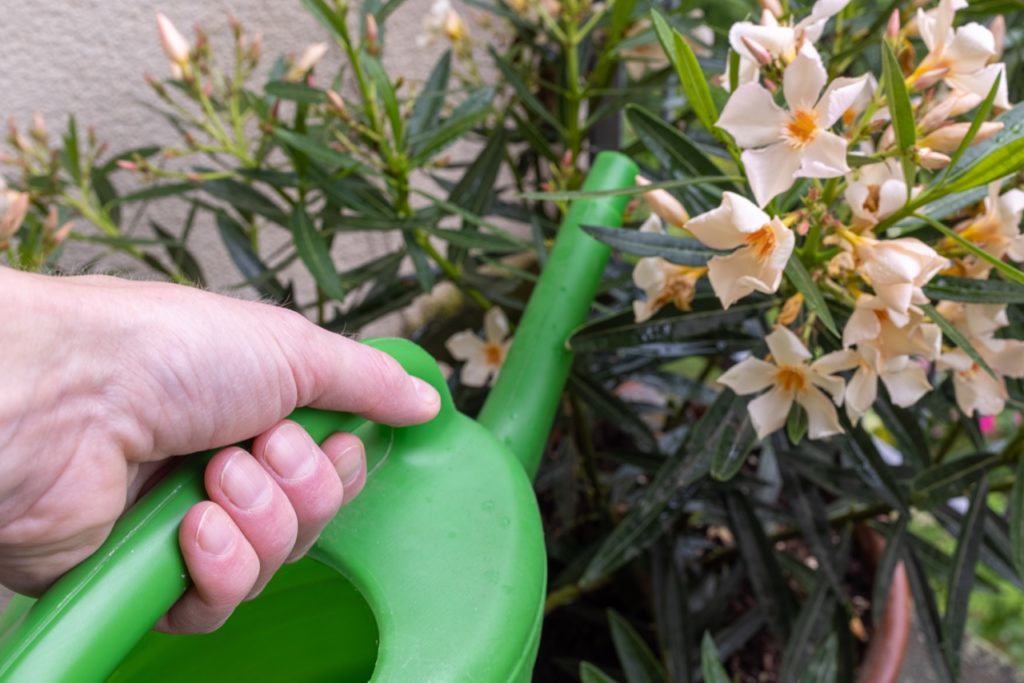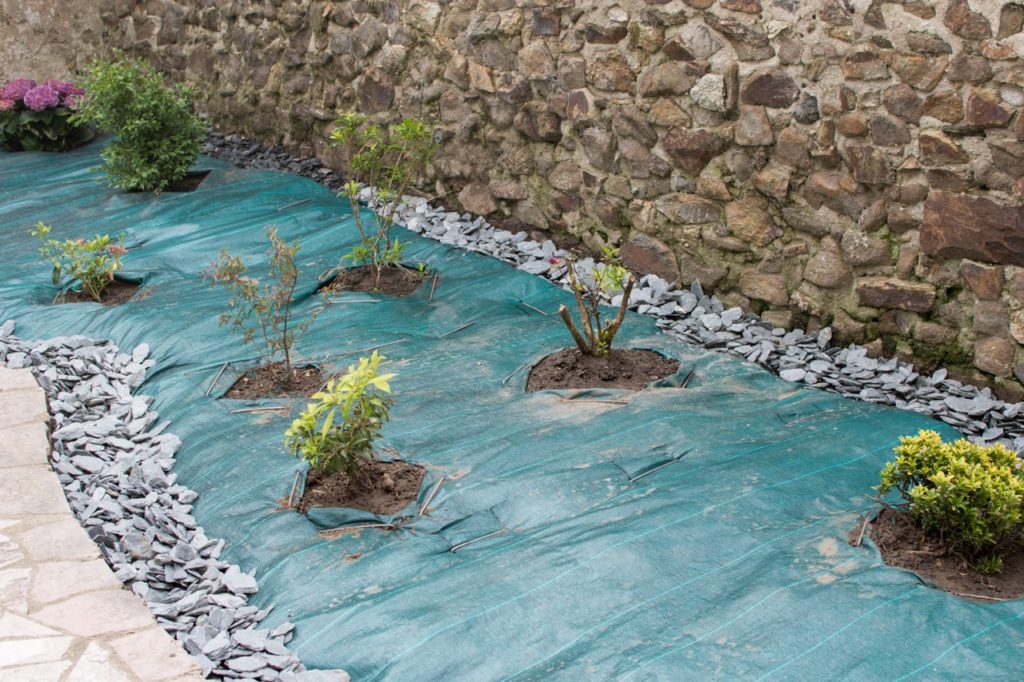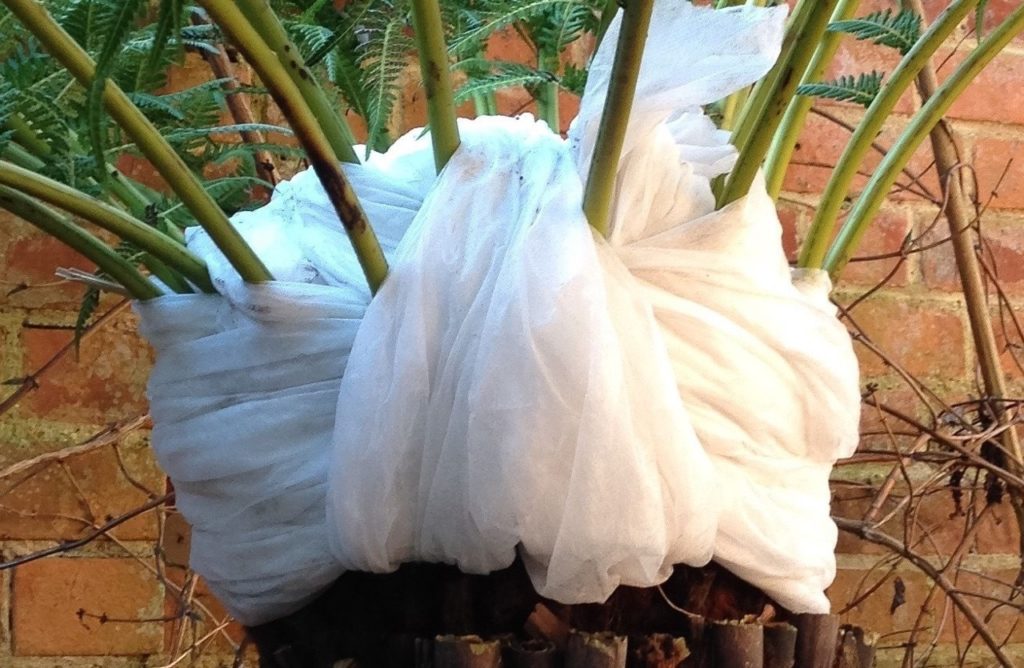SHRUBS > OLEANDER > OVERWINTERING
IN THIS GUIDE
OLEANDER GUIDES

Container GrowingCuttings PropagationOverwinteringPruning
Oleanders , those gorgeous flowering bushes that are often a part of the urban scenery in the Mediterranean and South Asia , are very cosmetic garden options whether grown in open earth or a large container .
However , they are far from hardy , so British gardener will need to shepherd these evergreen through the worst of winter .

With a hardiness evaluation of H3 , these are frost - tender flora .
If you have develop a moderately - sized oleander in a container , you do n’t have much to do – just bring the flora indoors in autumn well before the first icing .
“ For prominent plant life in containers that you might struggle to get into a glasshouse or conservatory over winter , a lesser academic degree of shelter could still be effective , ” shares Master Horticulturist Colin Skelly .

“ For example , contribute into a porch or well - lit section of a garage or other garden edifice or even under a Sir Herbert Beerbohm Tree canopy or lee of a paries , fence or hedge .
“ You may notice these more protected areas of the garden as internet site where snow settles last and thaw first . ”
As for opened - ground oleanders , you may give care for them for the winter by following these steps :

All five step are explain in much slap-up detail below .
1) Things To Avoid
Do not hard prune the bush in late fall or after .
Any hard pruning should be done by early fall .
Continue to water thisevergreen plantduring wintertime though the amount of water and relative frequency of watering should be keep down .

I would suggest you habituate tepid water during wintertime – and do not feed the plant at all between the first and last icing .
2) Lay Mulch
Before the first frost , lay an 8 - 10 curium layer of mulch around the independent stem , leaving open about 2 centimetre around it .
Be certain not to use an ericaceous mulch , such as a mulch composed of bark or pine needles .
A mulch of leaf , hay and straw would be much more suited .

take away the mulch after the last frost .
3) Shield The Bush
If your Nerium oleander bush is correctly sit , it will be in a sheltered , south - confront spot .
If not , you may have a problem on your hand .
freeze down northeasterly flak , even if they do not prove fatal , will damage the plant buds and mayhap even some subdivision .

You will involve to shield such an wrong sited oleander by come out a barrier at a short aloofness to the north of the President George W. Bush .
For example , you could put up a curved sheet of corrugate alloy which should be driven and wedged into the dirt .
Be certain to brace it with sloping supports against the ground or bind it with guy lines to secure it so that it does not get blown onto the bush .
You could also set up a shield using tent side panels or canvas .
These would need to be tied from the upper and humbled edges .
4) Protect The Roots
leaden pelting , sleet or snow will result in an accumulation of icy H2O in the ground which could be harmful to oleanders .
When such inclement weather condition is anticipate , spread a thick charge card sheet or tarp on the grunge so that the root system , especially the crown , is protect .
After the water system runs off and as soon as the elements do not set a scourge to your Nerium oleander , you’re able to remove the plastic sheet or tarpaulin .
5) Swaddle The Main Stem
If you bear temperature to hit freezing , and especially if your oleander plant is not mature or found , protect it with a horticultural fleece , hessian or even an old blanket .
Wrap the material loosely along the low-toned part of the main stem down from the ground up to about a foot .
When such weather is expect in springiness , also moot swaddle branch extremity with lighter stuff to protect the buds from cold damage .
Do not leave on these wrappings , especially on the main root , and as soon as the atmospheric condition warm up or the day is cheery , remove them .